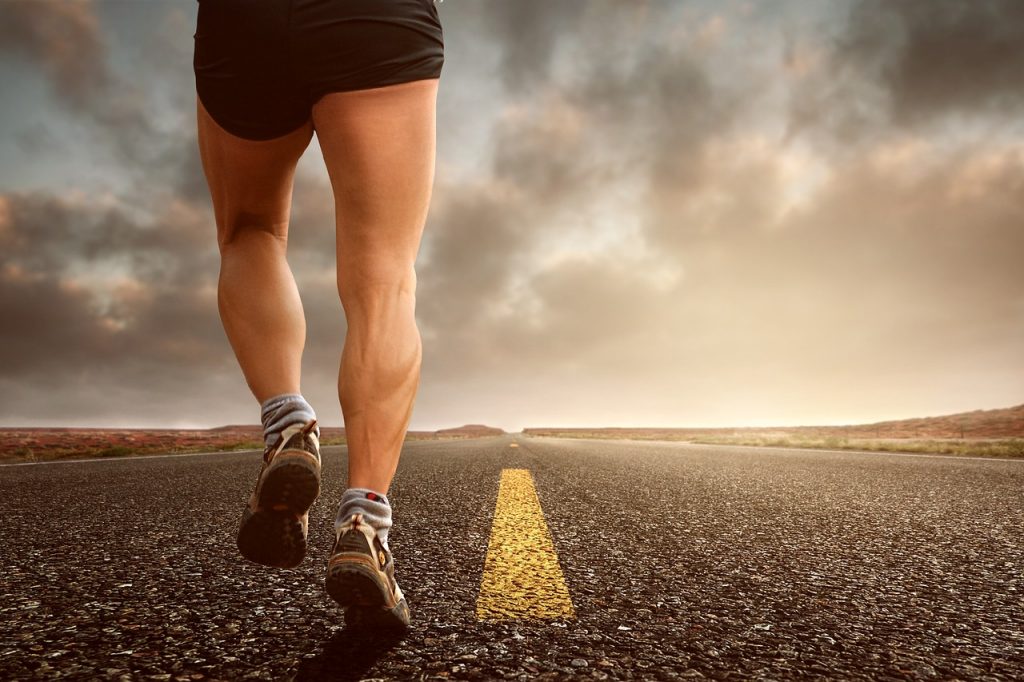All opinions are mine and mine alone.
How to Find the Best Pair of Running Shoes
When it comes to deciding that you would like to incorporate regular runs into your weekly schedule, there are many factors to consider before you start. For example, what are you trying to achieve as a result of this? Do you have a target weight, runtime, or fitness improvement in mind? Did you make a list of healthy pre workout meal choices to help you meet your goal? Have you established where you are going to run, how frequently you will run there and at which hours of the day?
One very important consideration that no doubt affects the quality of your running experience is purchasing appropriate footwear. If you are going to be wearing your running shoes on a regular basis, for extended periods at a time then you need to ensure that they fit well and are comfortable for you. Enclosed herein are some insider tips for identifying the best pair of running shoes for you.
Try on potential pairs of shoes towards the end of the day
Have you ever noticed how your feet tend to swell over the course of a day? As you walk around at work, running errands and so on, your feet will expand. This can also be the case when you run so in order to find the perfect fitting shoe, you should shop towards the end of the day so that you are sure that your new footwear will accommodate any swelling, and fit your feet at their largest possible size.
Bring your own socks when trying shoes on
Ensure that when it comes to trying on running shoes, you do so using the type of socks that you plan on wearing out for your runs. It’s no use going to try on running shoes with ultra thick, bobbly socks if you plan on running in a much more lightweight alternative as this will not give you a realistic picture of how the shoe will fit you in practical terms.
Don’t overpay, but don’t underpay either
When it comes to shopping for running shoes, it’s important to shop around – as with anything else. Some shoes may be pitched to you as being state of the art and possessing all the bells and whistles but in reality this may be more than what you need. Similarly, you may find that the exact price to a specific type of shoe varies wildly from place to place. You should consider shopping at smaller retail stores where you can get reputable, high quality brands like Nike or Adidas for a lesser price, without scrimping on the quality.
Understand your feet
With the majority of brands today offering models to suit every type of foot, you really have no excuse not to buy a pair of running shoes that perfectly fit the aesthetics of your foot. For example, if you know that your feet are slightly wider than the average, then alert the shop assistant and request guidance on a suitable pair, rather than trying to force your way into a regular sized shoe which, although it may seem okay while trying it on in the store, could very likely cause you problems later on. In a similar vein, you should also measure your feet regularly – ideally at the point during which you are shopping for potential running shoes. Your feet absolutely can change size and grow, even as an adult! Sizes vary depending on specific brands also so it is better to be safe than sorry.
Make sure your running shoe is actually a running shoe.
This may sound a little like common sense but you’d be surprised. Shoes that are built for the purpose of walking will not be suitable for ensuring long runs. Walking shoes are generally more stiff in their construction, whereas running shoes are more flexible and have additional cushioning.
Know when to replace your running shoes
Nothing lasts forever, and running shoes are no exception to that rule. Don’t keep wearing out your running shoes until they are falling apart. If you notice that they start to deteriorate – perhaps the padding becomes a little flatter, you feel uncomfortable over long distance runs, and your feet aren’t getting the support that they need then don’t delay in replacing them. Generally, a pair of running shoes should last you around 400 miles but use that as an indicator, in conjunction with how you feel about your shoes – rather than as a rule.
Check that the sizing is appropriate
Your goal is to find shoes that are snug, and which fit you properly and comfortably, yet without being too tight. For example, when it comes to the heel and the instep, the runner should feel secure. Even with the shoes fastened, you should be able to slide your feet out of the shoe. If you are feeling too much pressure or tightness against the top of your foot on the instep then that is a sign that you need more space within the shoe. Any small discomfort that you feel while trying shoes on in store is only going to be amplified when you take your shoes out running.




Speak Your Mind